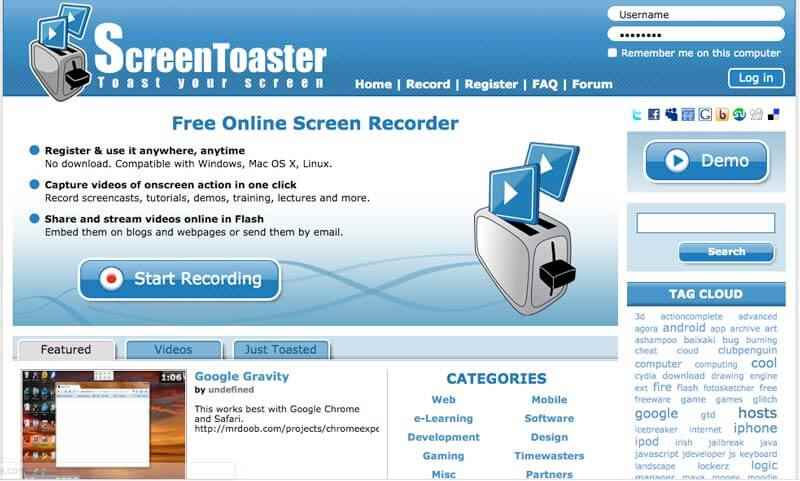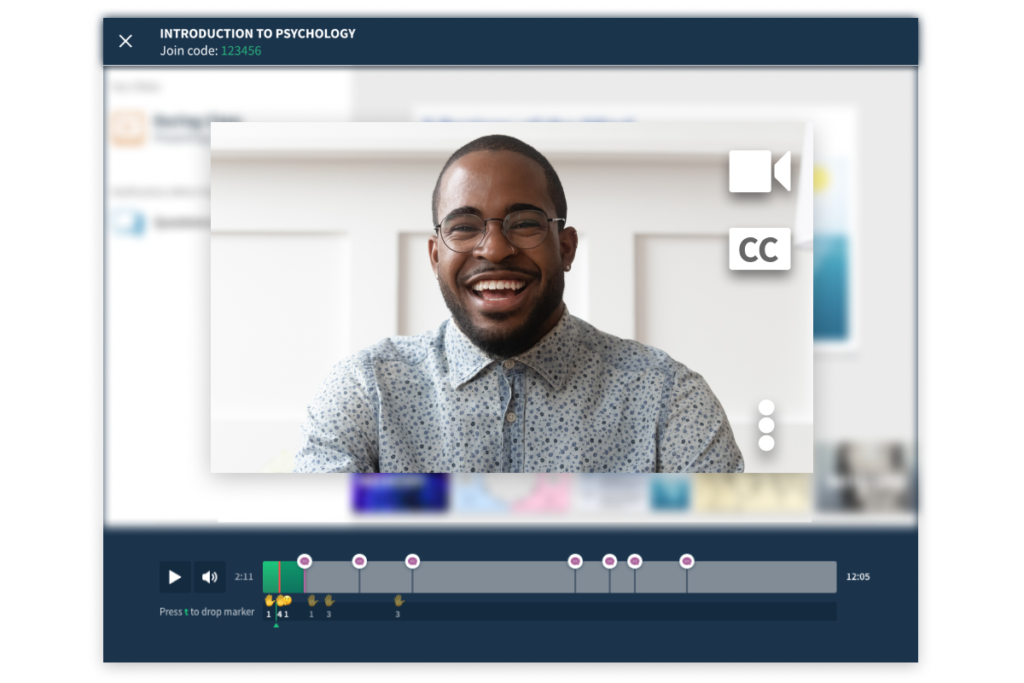
Don’t forget to click Save when you are done. Under the tab Player you can set a variety of additional features for the video, like Polls, and change the header of the player. You can change the video’s visibility to “Public” by clicking on the Edit button on the right of the screen and changing the setting in the top right corner of the pop-up. Once processed, a video (“presentation”) is automatically set to “Private”: only visible for you. You receive an email notification when processing is completed. If you have an iOS device, the best option is the Screencast-O-Matic. Please note: it may take several minutes for a file to be processed. For Android, the best recording app is Covideo. You can always change this later.ĭuring video upload, an indicator keeps you informed about the status: Queued for processing / Currently working. If you do not select a folder, the presentation will be created in your My Drafts user folder. Select Create Presentation by clicking on it.

LOCAL FACULTY: The presentation will only be viewable for your faculty’s students.LOCAL UM: The presentation will be viewable for all UM students and staff.

Then you can trim (5), rename (7), or share your recordings (4), which are saved in Documents > Sound recordings. Hit the big Record button (1), and add markers (3) to identify key moments as you record or play (2). These folder options determine which users can view the presentation. Voice Recorder is an app for recording lectures, conversations, and other sounds (previously called Sound Recorder). Depending on your faculty, you will see different folder options. When choosing a destination, change the bullet from My drafts to the bullet beneath and click Change.Ĭhange the Destination type from User Channel to Shared Folder and navigate to the folder where you want to create a presentation. Login to the MyMediasite Management Portal and click on the + Add Media button in your right hand corner.Ĭlick on Browse files and navigate to the folder with the media file you want to upload and select it (preferred format: *.mp4).Įnter a name and use the description field to indicate the corresponding course-code (if applicable), for example: 2022-003-MTH491 (YEAR-PERIOD-CODE).
#Best way to app to record lectures how to
If you would like more support on how to do this, visit the Mediasite Instruction Portal for courses on uploading and sharing your videos with MyMediasite. The audio only file (M4A) is named audio_ the steps below ( or watch this video) to create your presentation/upload your video file. Note : By default, the audio/video file (MP4) will be named Zoom_0.mp4. To start your recording, type in the command craig:, join to invite the bot. You can exit the page and go to your Discord app. Once the conversion process is complete, the folder containing the recording files will open. In the new window, you need to select Your server and click on the Authorize button. Hosts will see the following recording indicator in the top-left corner while recording is active.Īfter the meeting has ended, Zoom will convert the recording so you can access the files.

When you’re ready to begin recording your lecture, select the start your meeting button to begin. To record your lecture, enable Host and computer audio from the options, then select record the meeting on the local computer settings.Ĭlick save to finish setting up your meeting/recording. Then click the save button at the bottom of the page.įrom your Canvas menu, click Zoom to access the Zoom interface then select the Schedule a New Meeting button to begin.Įnter your meeting settings, paying special attention to the video, audio, and meeting options. Locate Zoom in the list, click the three dots on the right, and select enable. Enable Zoomīegin by clicking on settings, then navigation. The recorded files can be uploaded to Canvas or a file storage service like Box, Google Drive, or a streaming service like YouTube. Local recording allows users to record meeting video and audio locally to a computer.


 0 kommentar(er)
0 kommentar(er)
